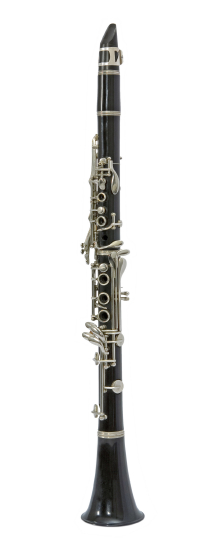What are Reed Instruments?

Take a look around your local music store and you’ll quickly notice the variety
of instruments, and the things that make them similar and different from other instruments.
One of the characteristics that may set an instrument apart from a collection is
whether or not the instrument has a reed.
What is a Reed?
Simply put, a reed is a thin piece of flat material that is a part of the instrument’s
mouthpiece. When played, (or when air passes over it) the reed moves or vibrates,
and helps the musician play a tone. Reeds can be made of wood, plastic, cane, metal
or even synthetic materials.
Reeds come in a variety of shapes and sizes, depending on the instrument, and reed
instruments not only come from the woodwind family, but can also be found in the
brass family of instruments. Some musicians refer to reed instruments as winds.
In an orchestra, musicians who play reed instruments are often referred to as “reed
players” or “reeds.” Musical instruments with reeds include: the
clarinet; the oboe; saxophones; English horn; the bassoon; and the bagpipes, among
others.
There are several different types of reeds, depending on the instrument. Single
reed instruments include clarinet and saxophone. Single reeds have a flat back and
a rounded top. The back fits against the mouthpiece. Double reeds are used on the
oboe, English horn, the bassoon, and the bagpipes. Double reeds vibrate against
each other and don’t necessarily fit against the mouthpiece. Free reeds are
used on many ethnic instruments such as Chinese and Japanese instruments, as well
as on the harmonica and the accordion. The reed is enclosed in its own case, and
the pitch does not fluctuate.
Reed Tips and Care
- Because reeds are usually made of wood or cane, they can be imperfect. Check them
carefully before using to make sure they are symmetrical. Keep several on hand in
case one breaks or doesn’t feel comfortable to you.
- Wooden reeds should be moistened before playing. Wet your reed a small cup of water
for a minute or two, and then wipe off before fitting it into the mouthpiece.
- After playing, reeds should be removed from the mouthpiece and stored in its case.
It is unadvisable to leave a reed inside the mouthpiece, as it may warp and promote
bacteria growth.
- A reed should be replaced if it cracks, chips or softens.
- Do not chew gum or sugary sweets before playing, the sugar and saliva could make
the reed sticky and harder to use.
- If you see black spots on your wooden reed, it is most likely mold and should be
replaced.
- Proper care of your reeds will prevent bacteria growth and damage to your instrument.
Some musicians will store their reed cases in the refrigerator, to control humidity
inside the case and reduce mold growth.